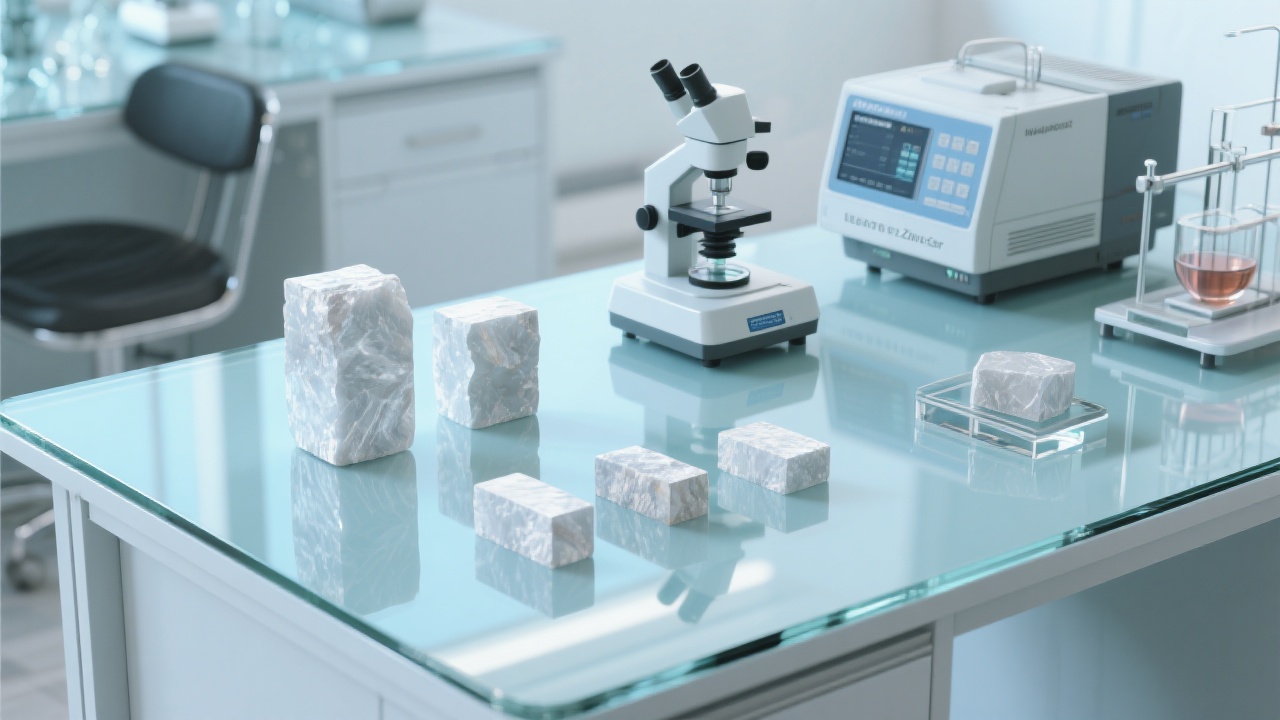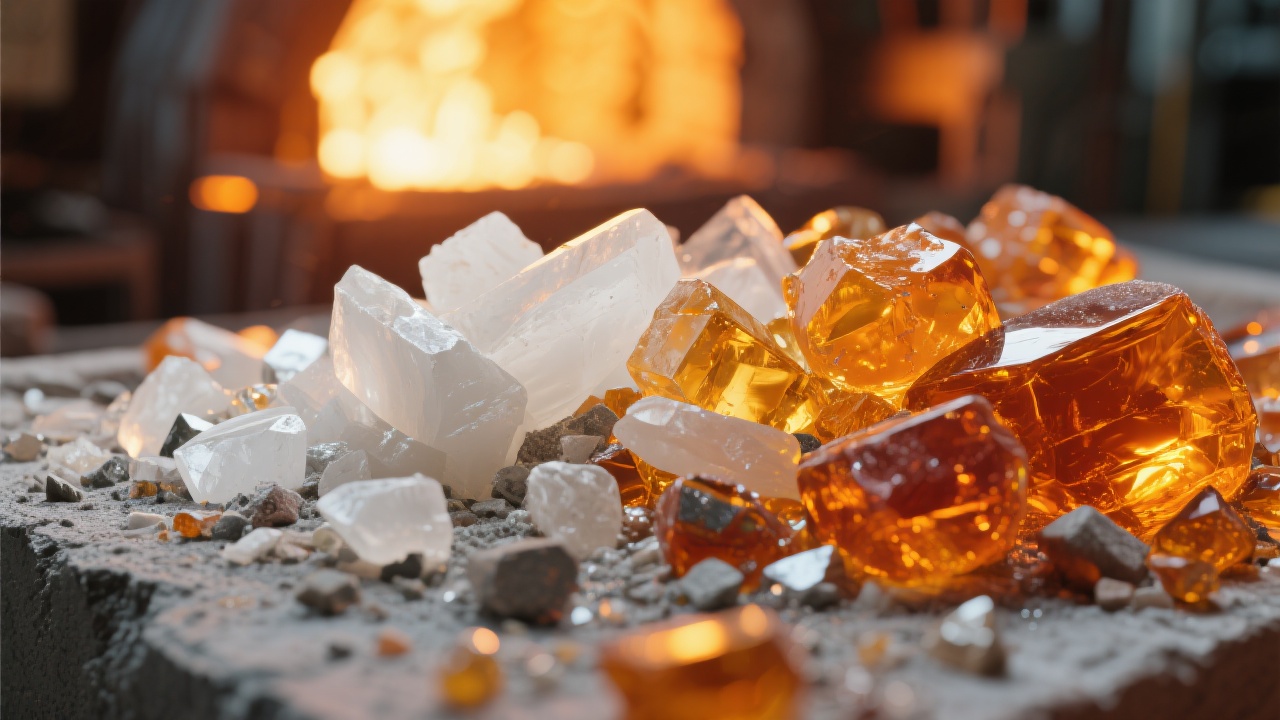
In recent years, the demand for energy - efficient materials in various industries has been on a continuous rise. Against this backdrop, high thermal conductivity silica bricks have emerged as the top choice for numerous overseas customers. Their popularity is primarily due to the unique structural advantages that significantly enhance their performance.
When conducting a 20 - fold structural comparison between high thermal conductivity silica bricks and traditional silica bricks, a remarkable difference becomes apparent. High thermal conductivity silica bricks feature smaller and more uniformly distributed pores. Traditional silica bricks may have larger pores with uneven distribution, which can impede the transfer of heat. In contrast, the well - structured pores in high thermal conductivity silica bricks act as efficient channels for heat transfer.

To understand how the pores affect thermal conductivity, we need to look at the basic principles of heat transfer. Heat transfer occurs through three main mechanisms: conduction, convection, and radiation. In the case of silica bricks, conduction is the dominant mode. Smaller and uniformly distributed pores reduce the resistance to heat conduction. For example, studies have shown that high thermal conductivity silica bricks can have a thermal conductivity coefficient that is 30% - 50% higher than that of traditional silica bricks.
| Type of Silica Brick | Average Pore Diameter (μm) | Thermal Conductivity Coefficient (W/(m·K)) |
|---|---|---|
| High Thermal Conductivity Silica Brick | 1 - 3 | 2.5 - 3.5 |
| Traditional Silica Brick | 5 - 10 | 1.5 - 2.0 |
In today's market, where energy efficiency is a top priority, high thermal conductivity silica bricks offer significant competitive advantages. For businesses in industries such as metallurgy, ceramics, and glass manufacturing, using high thermal conductivity silica bricks can lead to reduced energy consumption, lower production costs, and increased productivity. For instance, a ceramic factory that switched to high thermal conductivity silica bricks reported a 20% reduction in energy costs within a year.

Let's take a look at some real - world application cases. A large - scale glass manufacturing plant in Europe replaced its traditional silica bricks with high thermal conductivity silica bricks. After the replacement, the melting time of glass was reduced by 15%, and the overall energy consumption was cut down by 18%. This not only improved the production efficiency but also enhanced the quality of the glass products.
Are you still hesitating about which silica bricks to choose for your business? Don't miss this opportunity to gain a competitive edge in the market. High thermal conductivity silica bricks are the key to achieving energy efficiency and improving your bottom line.

Make a forward - looking choice and embrace the future of energy - efficient materials. Click here to learn more about high thermal conductivity silica bricks and how they can transform your business!


